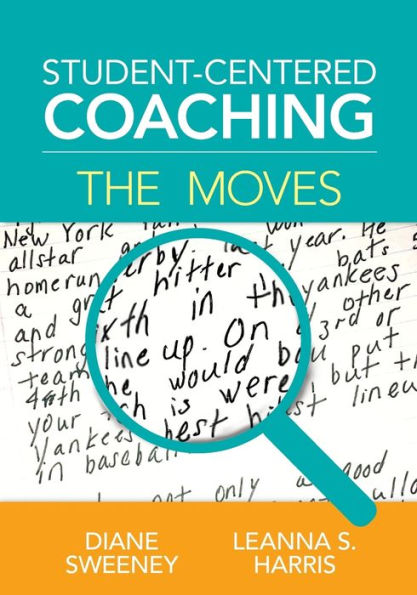5
1
9781506325262



Student-Centered Coaching: The Moves / Edition 1 available in Paperback, eBook

Student-Centered Coaching: The Moves / Edition 1
- ISBN-10:
- 1506325262
- ISBN-13:
- 9781506325262
- Pub. Date:
- 12/14/2016
- Publisher:
- SAGE Publications
- ISBN-10:
- 1506325262
- ISBN-13:
- 9781506325262
- Pub. Date:
- 12/14/2016
- Publisher:
- SAGE Publications

Student-Centered Coaching: The Moves / Edition 1
$39.95
39.95
In Stock

Product Details
| ISBN-13: | 9781506325262 |
|---|---|
| Publisher: | SAGE Publications |
| Publication date: | 12/14/2016 |
| Edition description: | New Edition |
| Pages: | 192 |
| Sales rank: | 185,656 |
| Product dimensions: | 6.90(w) x 9.90(h) x 0.60(d) |
About the Author
From the B&N Reads Blog
